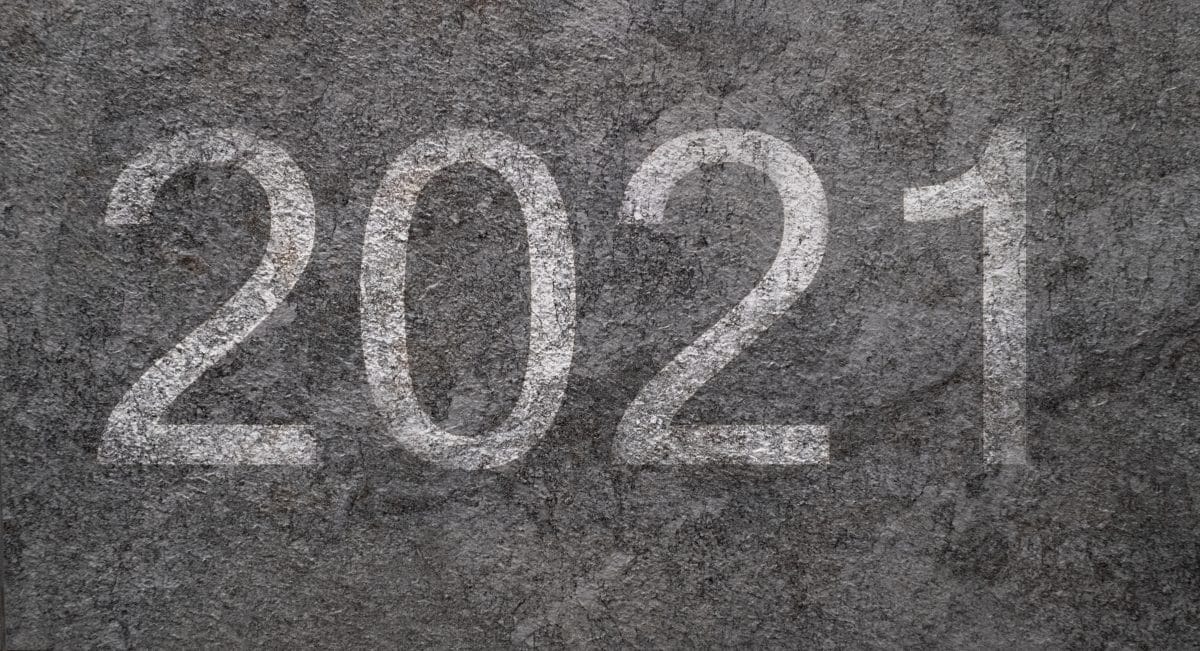Stouffville Mobile Redimix weighs in on five trends concrete producers should watch for in 2021. The article presented by CarbonCure brings our attention to innovative business strategies, potential challenges and a look into the future of the concrete industry. (Source: CarbonCure, January 5, 2021 https://www.nytimes.com/2020/01/15/science/construction-concrete-bacteria-photosynthesis.html )
The year 2020 took everyone by surprise. Many industries have innovated strategies to make up for any challenges that may present themselves in the future. CarbonCure shares the five trends the concrete industry should be prepared for. The trends include shifts from non-residential to residential, technology/digital advances, safety, supply chains/material access, and sustainability. Pat from Stouffville Mobile Redimix responds, “as we are now approaching spring 2021, the concrete industry and many other construction industries must look ahead into the future. We never know what is in store for us. I believe you must have an effective game plan so that you and your team are prepared. Hopefully, 2021 is a more positive year. It will be a change in how we traditionally perform our tasks. As long as we keep an open mind and adapt to these innovative changes, I know we can accomplish great things. We will manage to complete our projects with ease efficiently”.
Number one of the five trends concrete producers should watch for in 2021 is the switch from non-residential to residential and tech industry construction. CarbonCure states, “according to a report from Dodge Data and Analytics residential projects are up 22.6% due to low interest rates and demand from people looking to move to individual apartments or away from urban centers, reversing a decades-long trend”. Pat expresses, “I can understand why individuals are moving further away from populated buildings or areas. However, we noticed many individuals are implementing expansions to their suburban homes to increase outdoor living, therefore making more use of their space, so they are not as confined and can still enjoy the changes to their lifestyle. Individuals working from home or are currently experiencing lockdown measures are implementing concrete pools, outdoor kitchens, and outdoor living spaces”.
Number two is the expected increase in technology for 2021. The use of drones, virtual reality, and 3D printing will be accelerated. Pat shares, “there is no denying that the pandemic is speeding up the use of technology in the concrete and construction industry. Here at Stouffville Mobile Redimix, we have already begun to implement some technological advances. Our meetings are administered online. Our concrete pouring professionals have gone paperless when inputting orders. Our redimix trucks are already equipped with innovative technology. Our trucks mix concrete on-site; therefore, there is less interaction. There is no need to transport materials from a separate facility to the clients’ job site. I must say, drones would be something interesting to implement”.
Number three, safety measures. The use of additional PPE, longer timelines for project completion, and smaller construction crews help keep everyone safe. The trend will continue. Pat agrees, “as the article suggests, in construction and concrete pouring, safety is always the number one priority. At his moment, we continue to implement additional safety measures to ensure the safety of our team and our clients”.
Number four and five include supply chain/ material disruption and sustainability. CarbonCure shares, “the pandemic related disruption to supply chains forced companies across the industry to find alternative suppliers or pay higher prices for materials.” Unfortunately, this is the case for many industries. Pat shares, “it is a different time, and as mentioned previously, many of us have to adapt to these types of changes.”
Lastly, CarbonCure states, “producers that are not thinking about developing sustainable concrete mixes will miss out on this business opportunity and lose significant market share to competitors as more industry associations and government bodies set standards for carbon-reducing building practices.” The fifth trend expected to see in 2021 will be a demand for low carbon construction. Pat agrees, “as traditional concrete methods create a significant amount of CO2, mobile redimix has the advantage. There is no mass production or overproduction—therefore being a more environmentally friendly option for both commercial and residential properties”.
Many new trends are being brought to our attention. As the changes make their way into our everyday lives, we can only be hopeful, open-minded, and optimistic.

